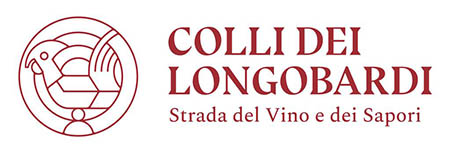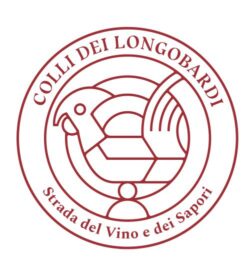The Montichiari Museums
Castello Bonoris | The Bonoris Castle was built between 1891 and 1905 on preexisting medieval fortress ruins. It is an architectural example of the most important neo- Gothic style of Lombardy.
Museo Lechi | The museum displays the donation to the Town of Montichiari of an important art collection of the Counts Piero and Luigi Lechi. The 14 rooms of the exhibition, full of comprehensive educational equipment, focus on paintings from the Fifteenth to the Eighteenth Century with important works of the Lombard School, with artists such as Alessandro Bonvicino called Moretto and Giacomo Ceruti called Pitocchetto, as well as major episodes of seventeenth-century Roman painting (Gaulli) and Genoa (Magnasco) or Brescia genre painting.
Pinacoteca Pasinetti | The Pinacoteca Pasinetti is housed in an elegant neoclassical building where you will also find the Library. This was originally the site of a church in the Sixteenth Century. Inside there are over one hundred works painted by Antonio Pasinetti (1863-1940) who was born in Montichiari. When still very young, he moved to Milan where he became a soughtafter portrait painter. He became a friend of Italian artists of the Nineteenth and early Twentieth Centuries, including Giuseppe Pellizza da Volpedo and Arturo Tosi.
Museo Bergomi | The museum displays a selection of ethnographic findings, which come from the alpine valleys and plains of Brescia. They belong to a collection made in over thirty years of assiduous research by the Brescian painter Giacomo Bergomi (1923-2003). They were
donated in 1999 to the Town of Montichiari. The collection, which is the most important in the province of Brescia, comprises six thousand items. It documents the historical reality of the local farming in the last two centuries. The first section aims to give visitors a reconstruction of the traditional cycles of the year (seasonal festivals and celebrations) and human life (from birth to burial), caught in their mutual interweaving as well as their links with the farming and forestry-pastoral activities. The second section presents the techniques of metal working and wood with a look at the ancient crafts of the carpenter, the engraver, the basket maker, the blacksmith and coppersmith.
Palazzo dell’Archeologia e della Storia del Territorio | Since 1989, the GAM (Monteclarense Archaeological Group) has led an extraordinary research of the past in order to contribute to the protection and promotion of archaeological and monumental heritage of Montichiari and the territory of the eastern lowlands of Brescia. The PAST (Palazzo dell’Archeologia e Storia del Territorio) contains a selection of archaeological evidence found during the excavations. Inside the museum, the exhibition demonstrates in particular, the presence of Longobards on the hills of Montichiari.
Pieve di San Pancrazio | Built on the same named hill, the church of San Pancrazio is one of the best preserved monuments in the Romanesque style in Lombardy. The church, documented from the beginning of the Twelfth Century, has a longitudinal plan divided into three spacious aisles punctuated by piers and columns, some of which are decorated with early Christian capitals. The walls, entirely made of Botticino stone, present episodes of re-used, recorded or figured stones dating back to Roman times from the Second or Third Century AD.
Info and Reservation: tel. +39.030.9650455
info@montichiarimusei.it
www.montichiarimusei.i



